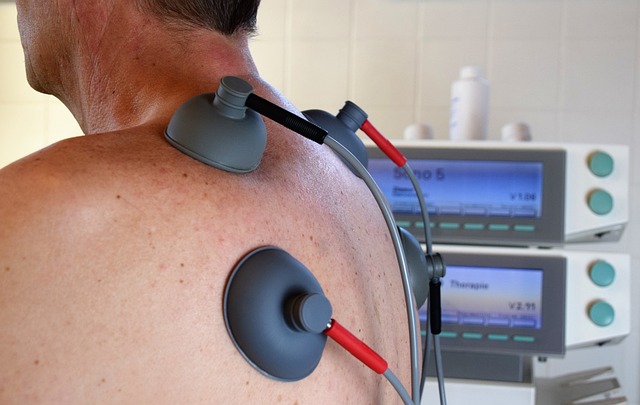Health care private equity was a standout star in 2018’s investment sector, and its place at the head of the pack is likely to continue into the new year. Investors have reason to be optimistic; healthcare-centered investments underwent a boom last year. According to statistics from Bain & Company, the total disclosed deal value reached a whopping $42.6 billion last year — the highest recorded amount in over a decade. The number of deals also saw a significant hike from 206 in 2016 to 265 at the close of 2018.
The focus of these deals varied across the board, but all had one major commonality: they sought to take advantage of emerging trends or disruptive forces that were influencing the growth and development healthcare industry. That shared drive remains constant today and will come to define how private equity investors engage with healthcare investments in 2019. Trends matter; here, I describe two that will likely enter the spotlight in the coming year.
Value-Based Care
The shift towards a more value-based model of care has been a subject of industry conversation for a while now. The framework differentiates itself from the more common fee-for-service model by basing provider compensation on patient outcomes instead of billing for the individual treatments. So far, fee-for-service structures have remained dominant in care organizations across the country. However, the shift towards a more value-based model of care is beginning to occur — albeit in small steps.
Consider the RUSH act as an example. In August of 2018, the House of Representative introduced the Reducing Unnecessary Senior Hospitalization Act (RUSH) as a way to facilitate affordable, high-quality care at qualifying skilled nursing facilities through value-based arrangements with telehealth providers and on-site first responders. The initiative is meant to reduce unneeded hospitalizations and provide more affordable care to the patient by taking a more proactive approach to treatment. The act also outlines a reimbursement plan that can accommodate the cost of implementing telehealth technologies and still pass on savings to the SNFs, patients, and providers alike.
If the initiative goes well, it could open the way for similarly innovative pay arrangements in other types of care organizations and place a greater organizational focus on keeping patients well, rather than only being reactive after they become ill. Private equity investment could benefit from investing in care organizations that embrace more innovative models of care; the value-based structures that they create may influence how care organizations deliver treatment to and engage with their patients in upcoming years.
Digital Innovation
In previous decades, big tech might not have been all that involved in the healthcare sector — but now, it all but has a seat at the table. The shift towards technology-powered healthcare has occurred on multiple levels — patients have enthusiastically taken up personal health tracking wearables, providers have adopted blockchain technologies to both protect and more effectively share patient data; even big tech companies like Amazon have even begun making forays into digitally-powered pharmacy and telemedicine.
The factor linking all three of these examples is data. The technology we have today empowers care organizations to garner and use an ever-expanding pool of patient data to offer a better user experience. Digital service will be — if it isn’t already — an integral aspect of how care will be delivered in the future. Private equity firms will be looking to invest in organizations that know how to effectively collect and utilize data in a way that drives better patient outcomes at a lower cost.
Today, healthcare organizations are stereotyped for being bureaucratic, confusing, and sometimes even intimidating for patients and caregivers. Patients often feel as though they have a lack of transparency and an inability to get answers easily or quickly — they want better-coordinated, more convenient, and increasingly customizable solutions for their healthcare needs. In other words — they want more agency.
As we move further into 2019, private equity organizations should take note of those organizations that can integrate the technologies patients are already using — wearables, digital apps, and other technologies — into their care delivery model. When patients have access to tools like these, they will feel as though they have more control over their treatment and thereby engage more productively with their healthcare provider. This, in turn, leads to better outcomes and improved patient experiences.
Private equity investors in the healthcare sphere have reason to be optimistic in 2019 — and as we move further into the year and opportunities for investment increase, it would benefit them to keep an eye on the areas of engagement spotlighted here.







